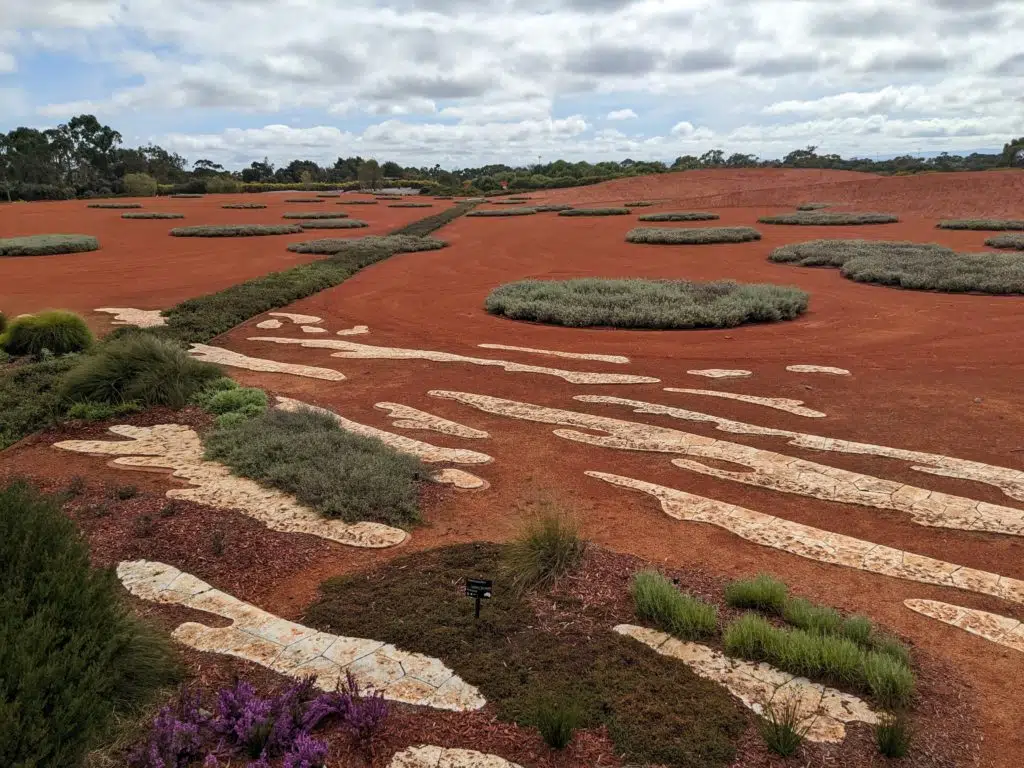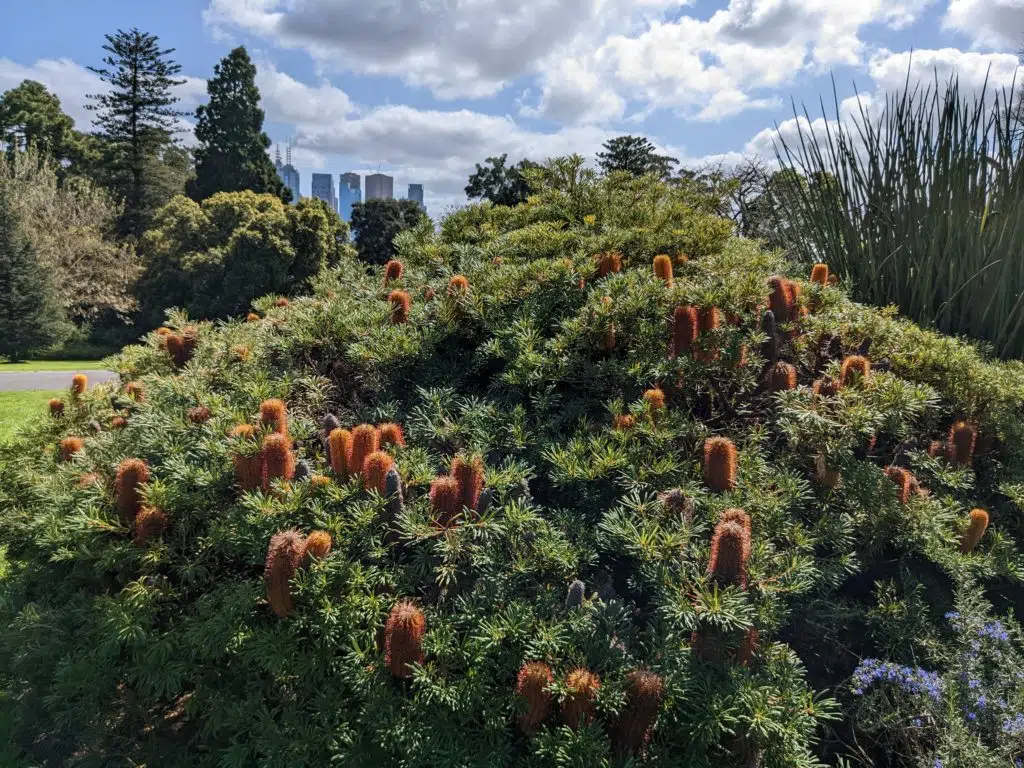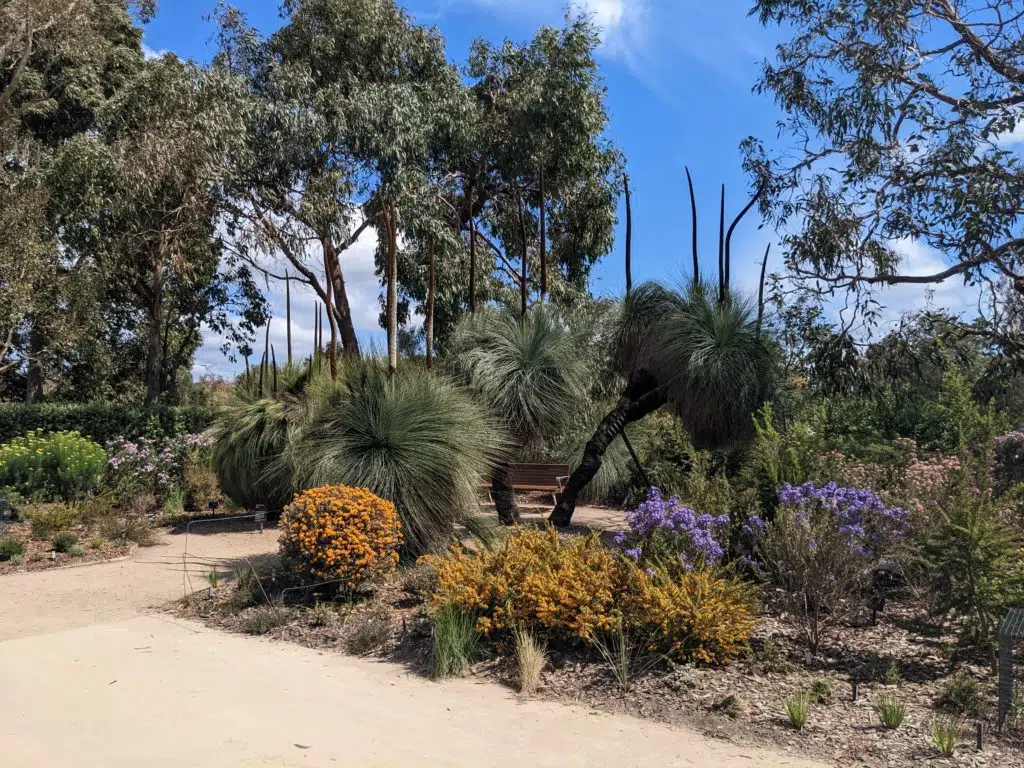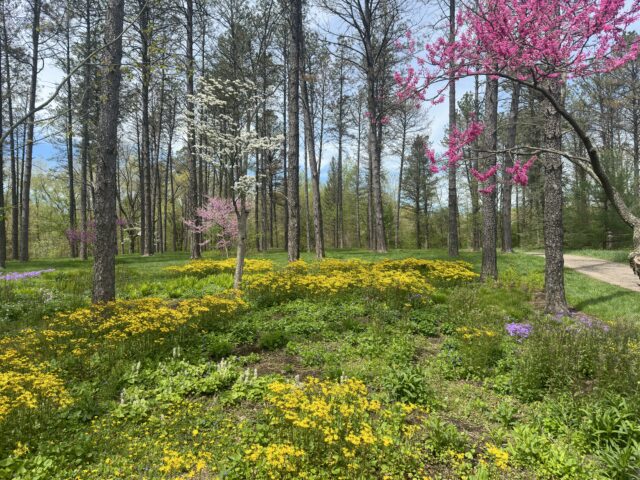
By Connor Ryan, HF&G Rhododendron Collections Manager
The last week of September I attended the 7th Global Botanic Gardens Congress in Melbourne, Australia. This is a semi-regular meeting of botanic gardens staff sponsored by Botanic Gardens Conservation International. More than 500 people attended from across the world. The theme of the Congress was “Botanic Gardens as Agents of Change” and talks and tours centered around how gardens can make a difference in plant conservation, in curbing climate change, and in engaging our communities.

There were many take-aways from the Congress – countless inspiring talks and people. For this blog I wanted to highlight a theme of the Congress that is part of the botanical garden world but is underutilized and underdeveloped: conservation horticulture. Conservation horticulture is an emerging field that may or may not intertwine with typical horticultural work of plant production, garden design, and grounds maintenance. What distinguishes conservation horticulture is that underlying all work is the intent to preserve and restore rare plants.

Botanical gardens maintain plant collections for many reasons – ornamental display, scientific research, education, etc. We often consider the plants on our grounds as highly valuable for conservation purposes. They are living representatives of species under the care of expert horticulturists, after all. But what does it really mean to have collections of conservation value? And, are we doing it right?


Many talks at the Congress centered around this theme. I was impressed by how the conservation horticulture teams at many botanical gardens worked in tandem with garden conservation geneticists and botanists to build living collections that support ex-situ (outside the wild) conservation and in-situ (in the wild) restoration. Scientists are answering questions about how many plants are needed in collections to adequately represent wild populations. They are also asking questions about what kind of genetic diversity current collections hold. How can we efficiently enhance that diversity with trips to the field for seeds and cuttings, and how can we effectively manage our collections so that we do not have redundant plants that take up valuable time and space?
From the horticultural side, there are questions about how to grow plants. Commercial nurseries are experts at propagating plants of commercial value. Ecologists and restoration practitioners are the experts at restoring wild populations but do not typically have horticultural training. Where does the expertise lie for growing those plants that no one has grown before? Or for which no one cares about besides those trying to save them from extinction? If we store seeds in a seed bank, what value is there if we do not know how to germinate the seed or grow the plants upon germination? That expertise and capacity is in the botanical garden space.

Much inspiration is being drawn from the zoo model, where animal pedigrees are tracked to minimize inbreeding and inform collection development. Botanic Gardens Conservation International is currently repurposing software that zoos use to fit garden collections and hope to make it available in 2023. In a world where resources (space, money) are limited, pedigree tracking would allow gardens to more effectively manage plant collections without intense, expensive genetics work. In practice this is not dissimilar to how dog breeders might find a mate for their beloved golden retriever. Regardless of pedigree tracking, there is a consensus that no garden can conserve everything. Meta-collections- collections of single species across many gardens- are key to plant conservation at gardens. If Holden can steward a subset of plants of a rare oak species and 10 other gardens in the world can do the same, then we are on our way to conserving that species.


Conservation horticulture is a space I hope Holden can grow into more. It takes a conscious effort when in the field to sample in a meaningful way, rather than grab every seed you see, and it takes even more effort to grow and maintain those collections once the seeds get to the garden. The Congress was eye-opening in this regard, and I cannot wait to explore this deeper.


Connor Ryan, MS
Rhododendron Collections Manager
My group is engaged in three things at Holden: curating the Rhododendron collection, breeding landscape plants, and stewarding the David G. Leach Research Station. Current collections focuses include North American native rhododendrons and azaleas, especially R. flammeum, R. prunifolium, and the Ohio natives, as well as any non-native species that may be adapted to our climate. Breeding focuses are on broader adaptability in elepidote rhododendrons, reblooming in evergreen azaleas, and a few smaller projects with Pieris and Hamamelis. We strongly believe in the value of living collections and are happy to share non-proprietary germplasm or accommodate collections-based scholarship. If you work for a botanical garden or nursery interested in rhododendrons (or azaleas) or are a scholar studying them, please get in touch. We would love to help with your work.











